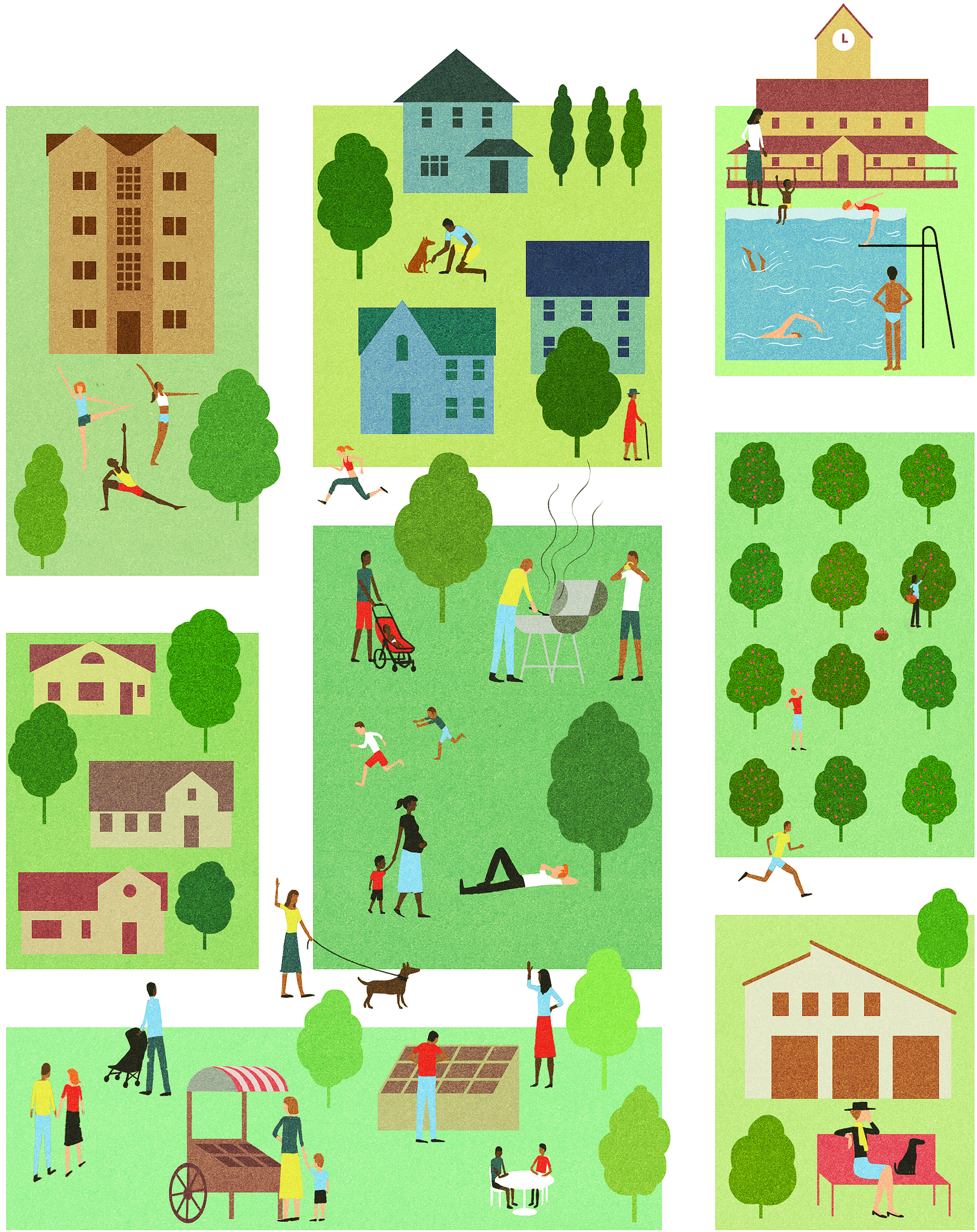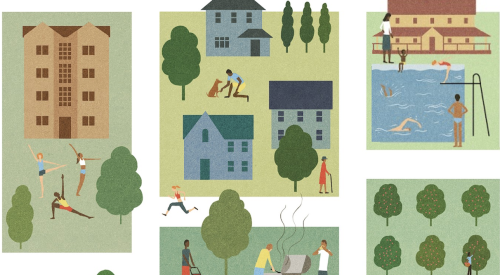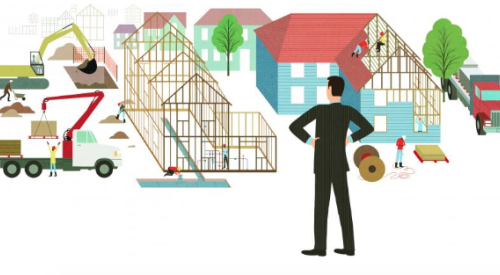Dead and gone, as alive as ever, or being reborn? That’s the question that senior editor Mike Beirne asks in our May 2016 story on the current state of the master planned community.
When the recession hit, the conventional wisdom was, MPCs were over, a notion supported by large and unsellable tracts of land in ‘C’ and ‘D’ locations far from the urban core. “For a while, we believed it,” says Michael Medick, principal at KTGY Architecture + Planning and based out of the firm’s Washington, D.C.-area office.
But reports of the demise of the master planned community may be exaggerated. Beirne reports on how today’s iterations are responding to the demands of the current marketplace by putting increased emphasis on place-making and giving residents a sense that what they need to live the life they want is close at hand.
With no disrespect to golf or swimming intended, this takes more than a PGA tour-caliber course and a pool. Today’s MPCs also involve tangibles that go beyond “pretty landscaping and park benches in places where no one ever sits,” says Medick, who observes that the market for MPCs is being driven by people of all ages seeking proximity to amenities, as well as a sense of place. The new MPCs are vibrant enclaves with activities from jam-making to softball, and where townhomes and flats coexist with single-family homes of varied sizes. When thoughtfully executed, the diversity confers community authenticity. It helps attract a wider range of buyers, boosts home values, and accommodates those who are ready to move down or up and are attached to the neighborhood, Medick says.
Despite the strong force of headwinds—skyrocketing fees, land prices, and wage stagnation—some builders are attracting entry-level buyers and delivering starter homes for them. In “Starting Point," also in our May 2016 Housing Giants issue, you’ll find advice and insight from those who have been successful in light of the special considerations that starter homes demand, delivering the features that help seal the deal with first-time and entry-level buyers—a cohort made up of more than Millennials.
Have you ever taken one of those Internet quizzes that purports to predict your age by your answers? I’ve been gauged to be 19 (pasttimes), 26 (political views), and 65 (vocabulary). All are off, but they’re a reminder that whether you’re contemplating a master planned community of 500 diverse homes or a parcel of 25 right-sized bungalows, what you think you know about Millennials, Gen Xers, and Boomers needs to be questioned every single day.
Enjoy the May issue, complete with our Housing Giants Special Report. Rankings begin here.













